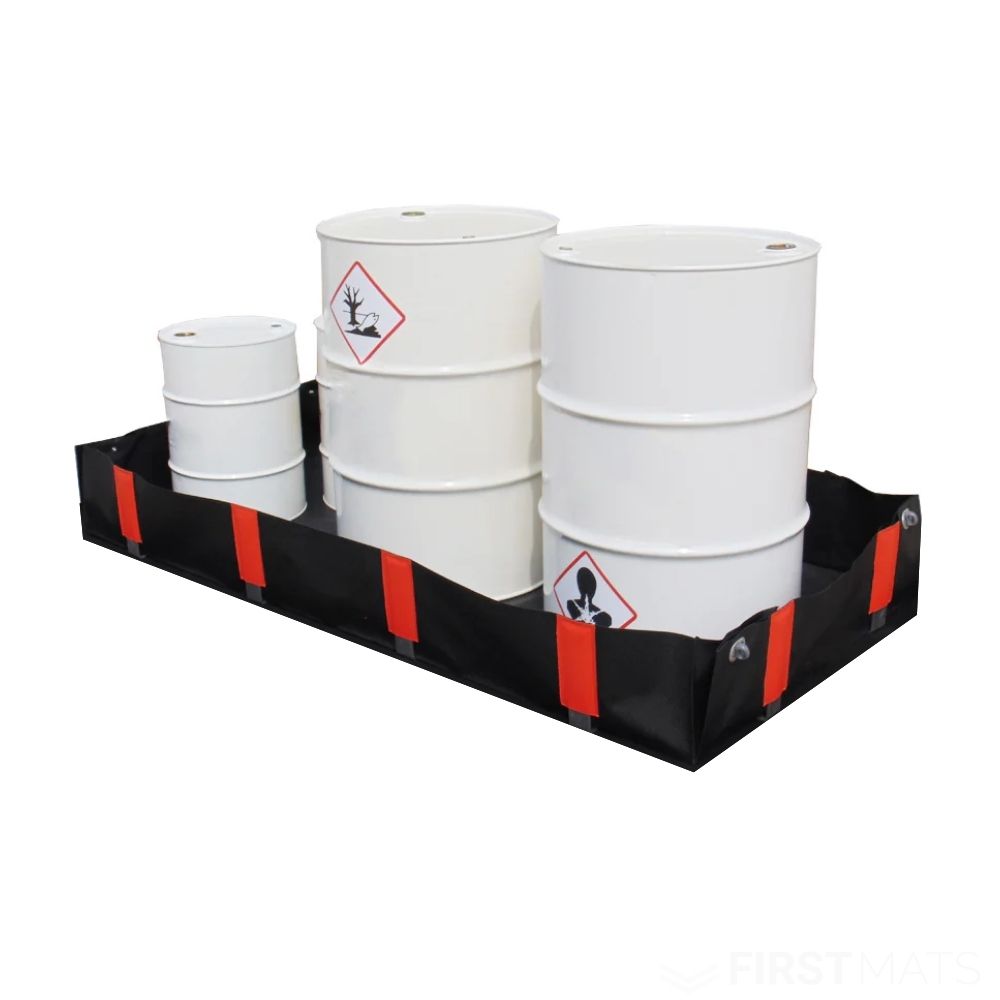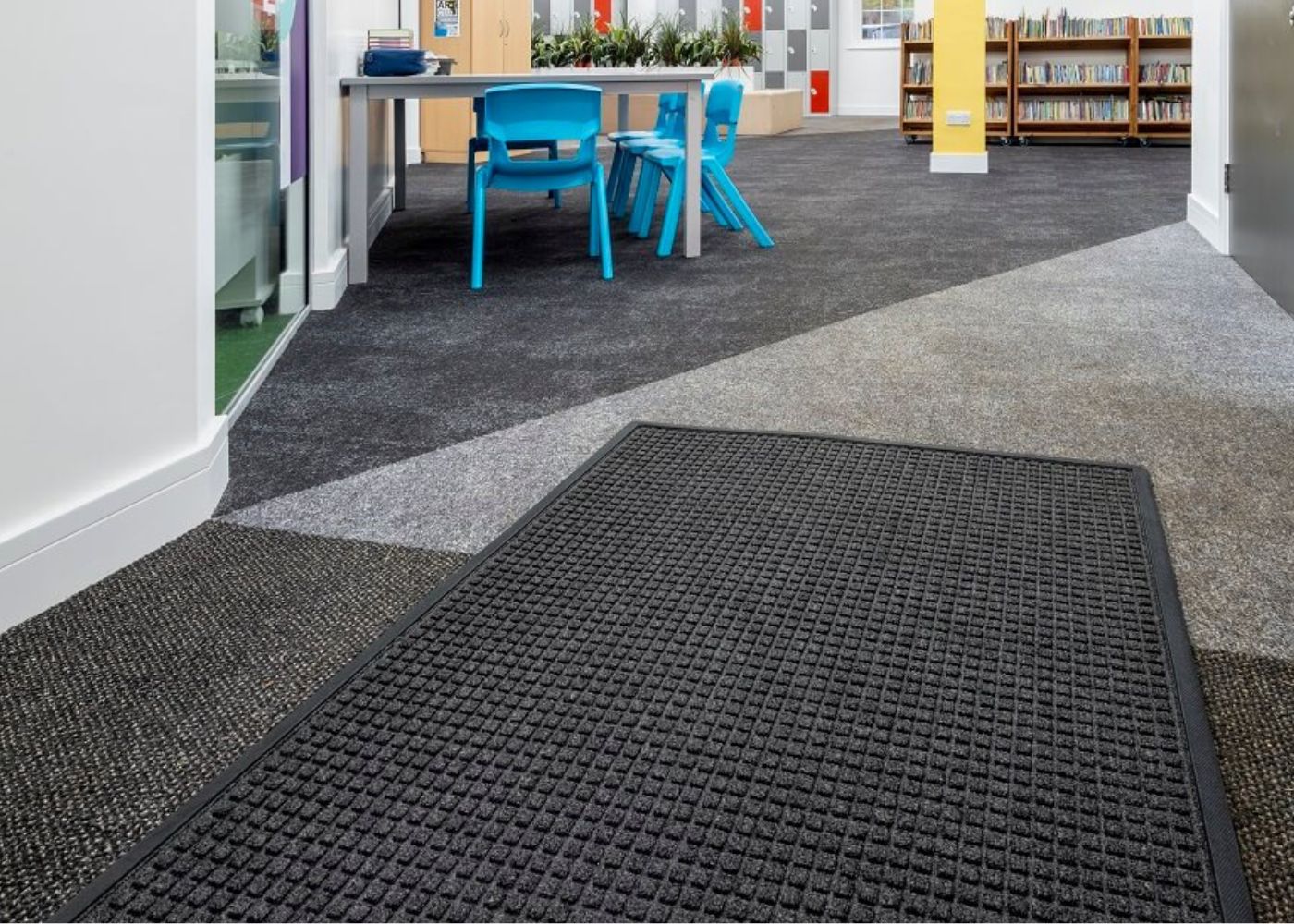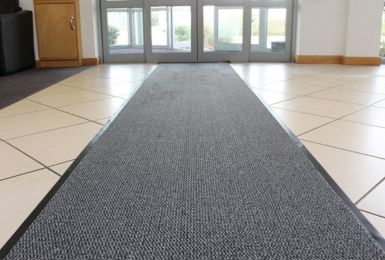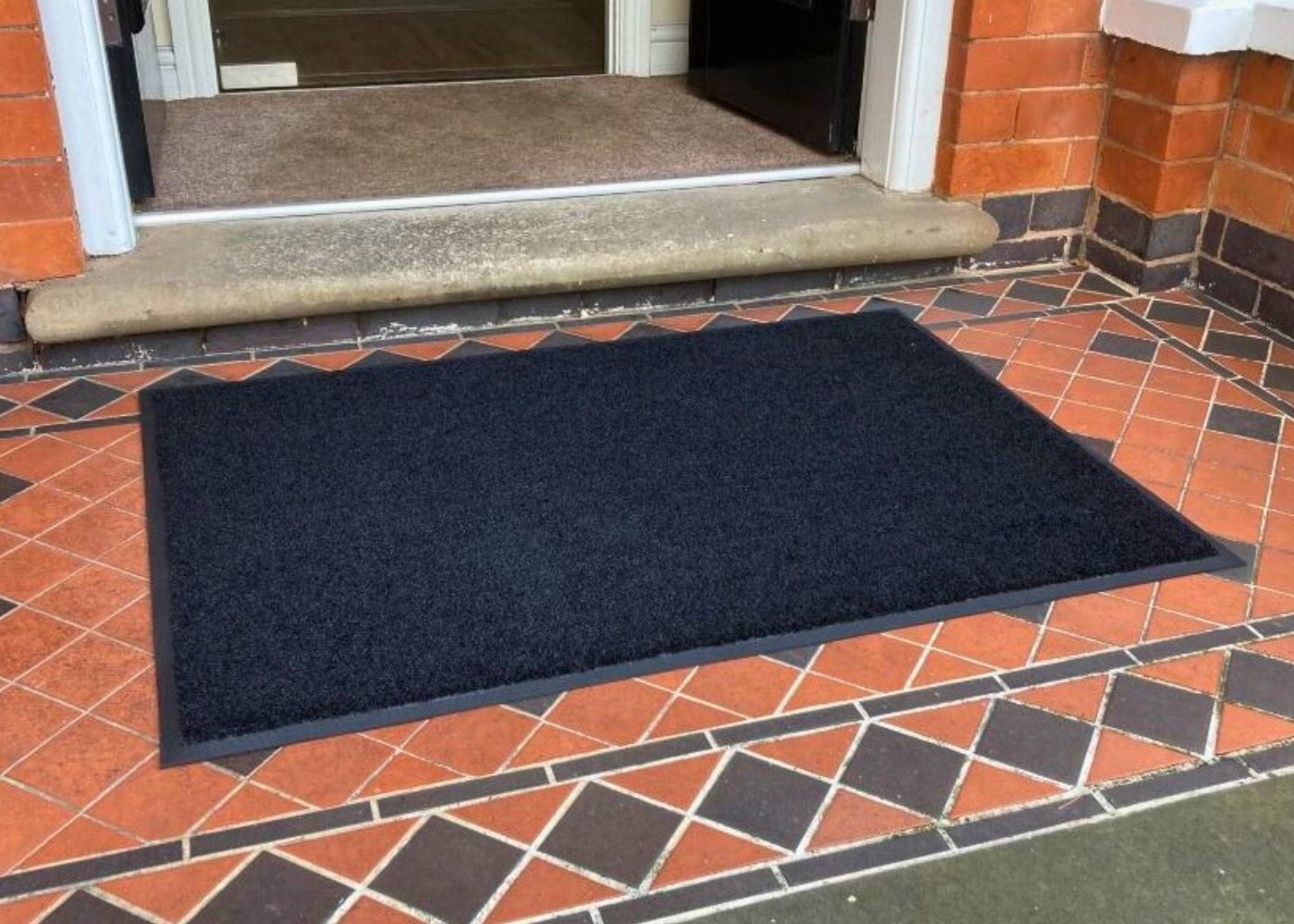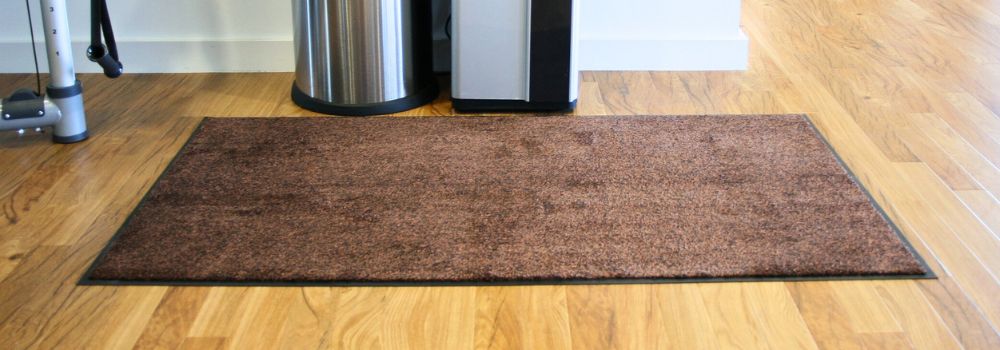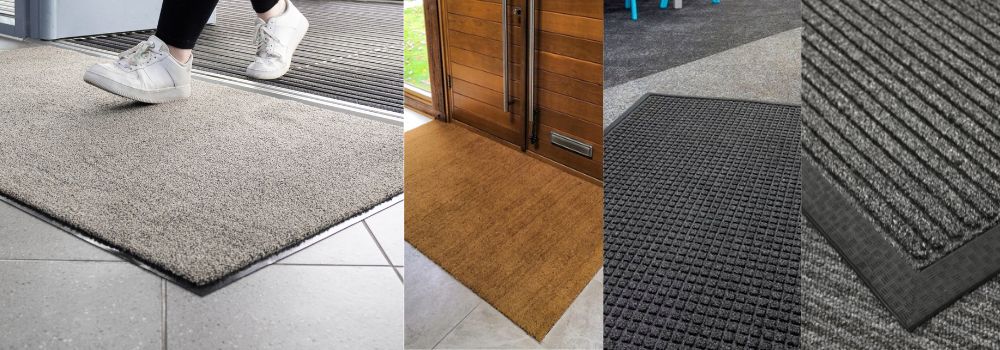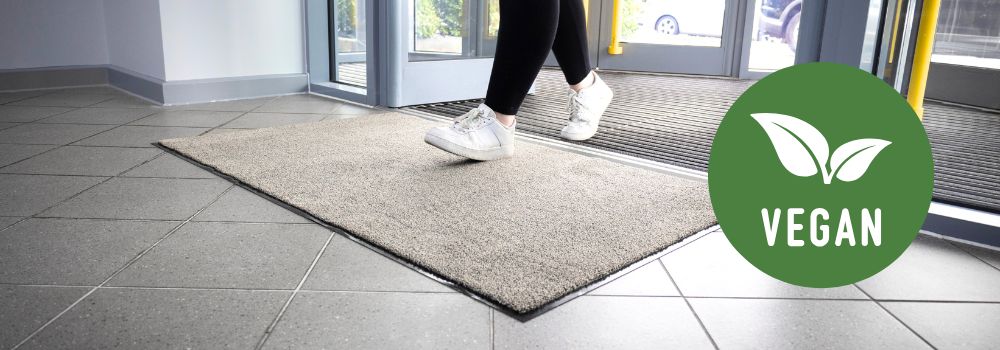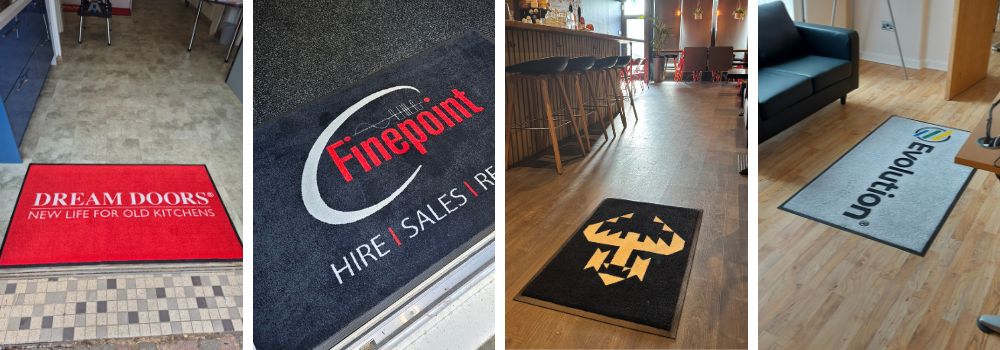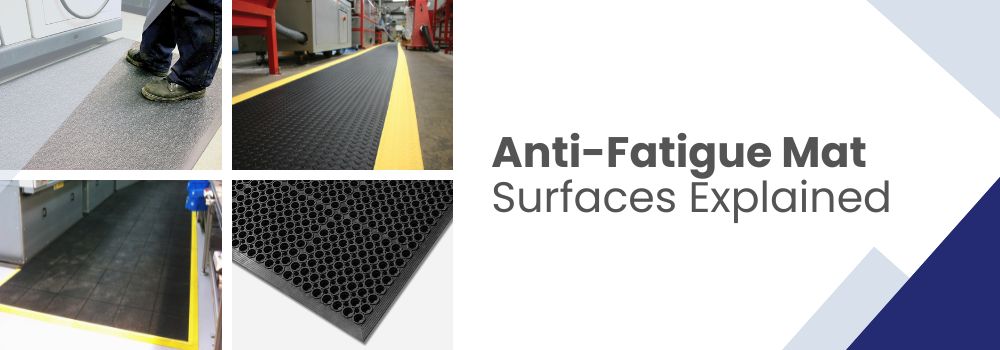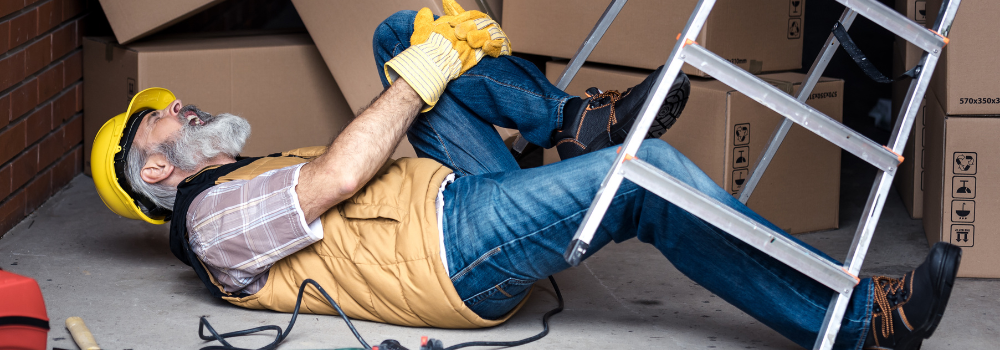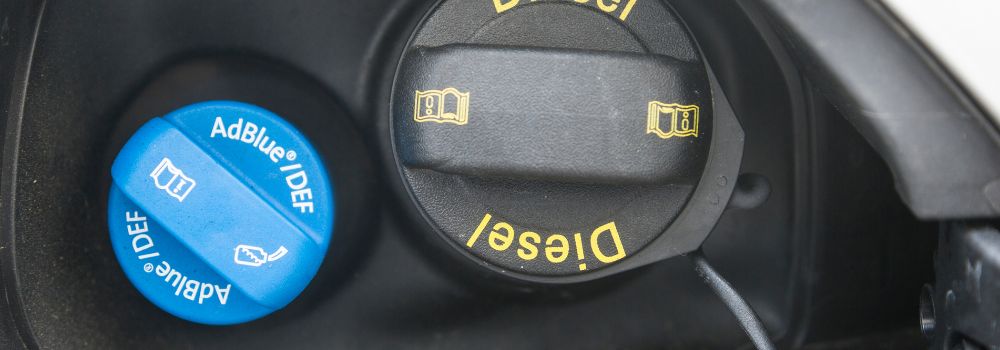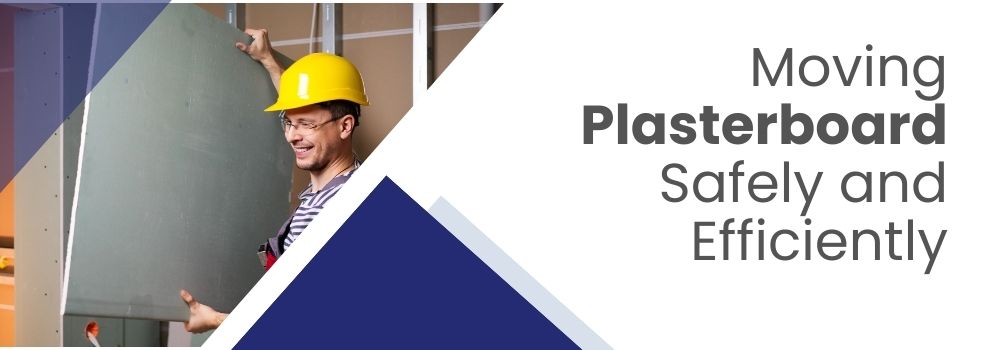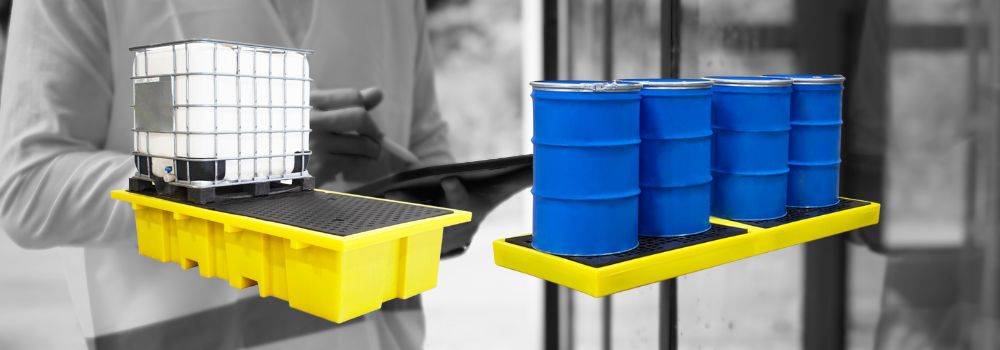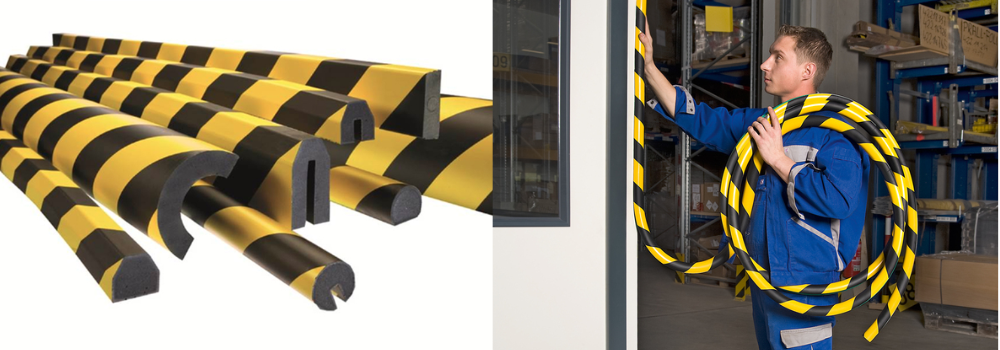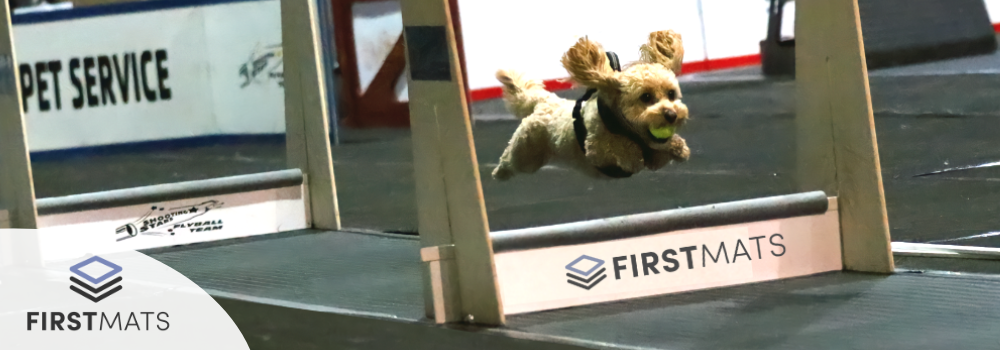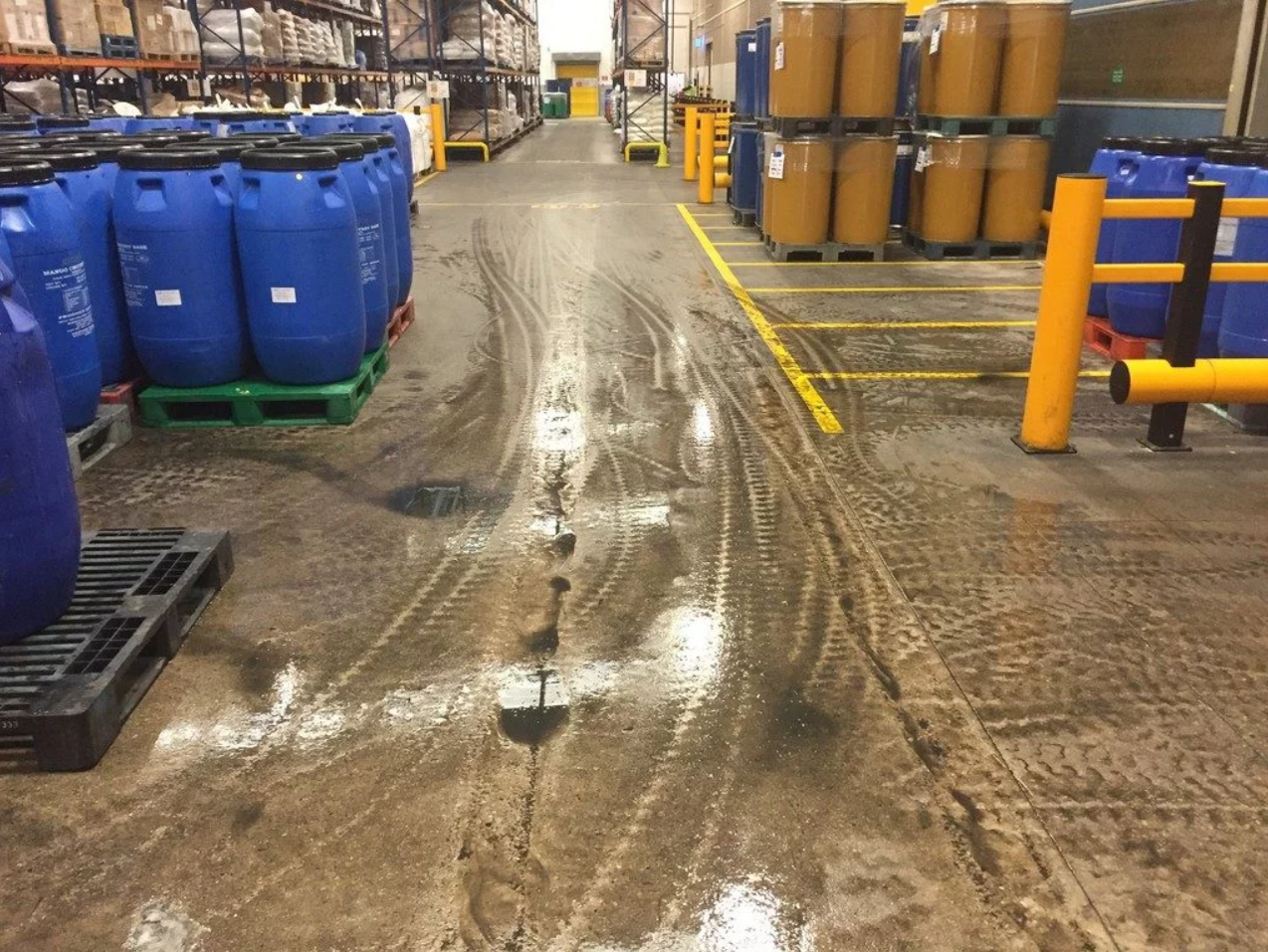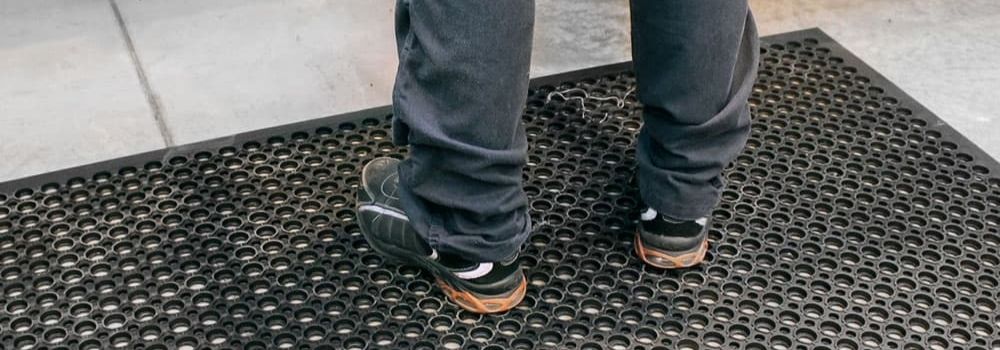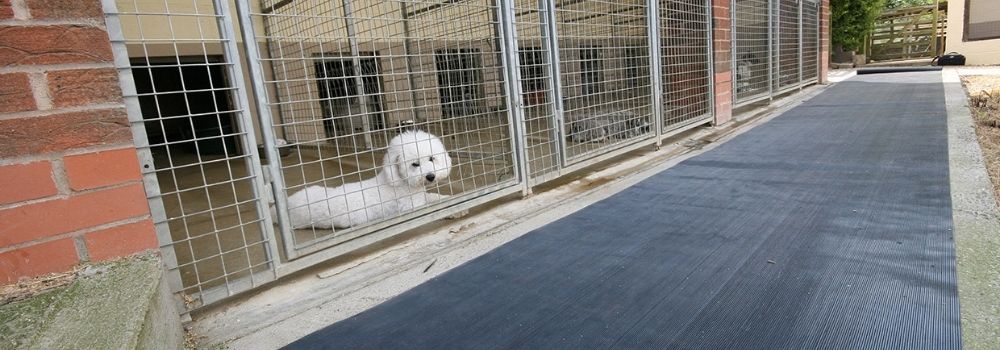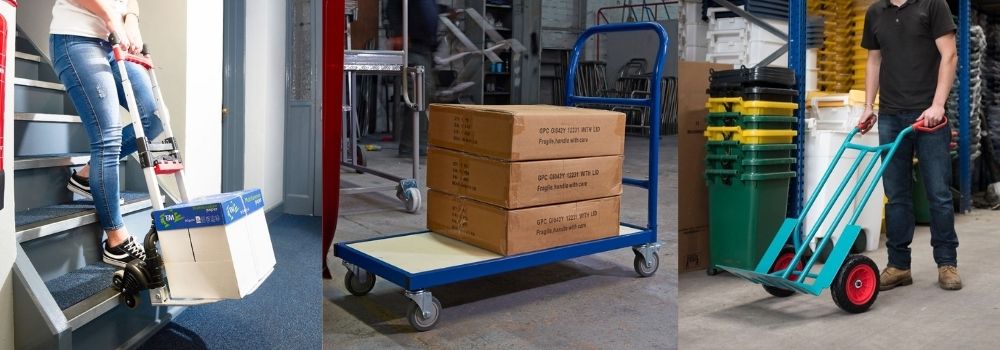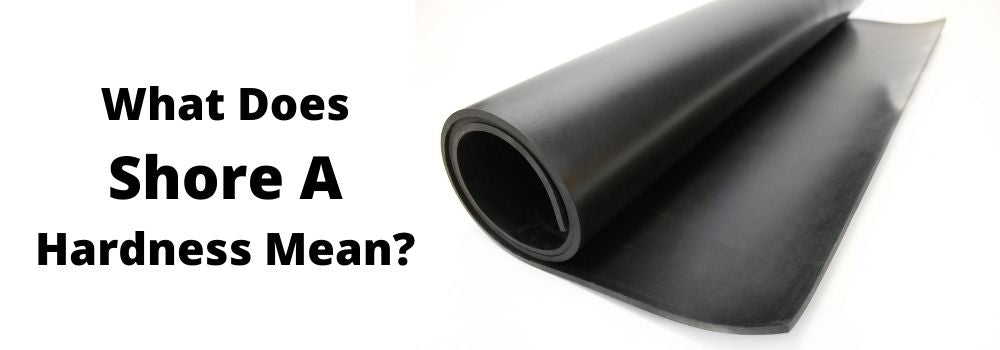Manual Handling Equipment Types

by Richard O'Connor
Feb 15, 2022 | *8 minutes to readManual handling injuries are one of the most common types of injury in the United Kingdom workplace, accounting for thousands of incidents every single year. As well as the legal (and moral) responsibility to reduce the risks of these injuries occurring, businesses also have a financial interest: lost productivity, missed workdays and reduced employee motivation will all impact your bottom line.
Fortunately, there is a broad range of manual handling equipment that you can deploy to help you improve your site health and safety, no matter whether you operate a warehouse, a factory, an office or a school. Here is our guide to the most popular, versatile and useful types of manual handling equipment on the market today.
Sack Trucks
Used for: moving boxes, white goods, sacks, furniture etc.

Sack trucks are amongst the most popular types of manual handling equipment. You can see these in use by delivery staff, in libraries, in distribution centres and even in homes. The standard model consists of a strong frame (typically steel or another metal), a flat platform at ground level and two wheels – more advanced models have different features that make them more suited to specific environments or tasks.
For a domestic setting, offices, classrooms or libraries, where use might be occasional and relatively low-intensity, a basic sack truck will usually suffice – these have lower weight capacities, no additional features and are designed for the simple movement of smaller and lighter goods (office supplies, books, etc.) across smooth, even floors.
When it comes to moving goods up and down stairs, you will need a stair-climbing sack truck. Where the standard-type model has one wheel at either side of the loading platform these have three on either side, in a triangle formation. This allows them to move more easily up and down steps, kerbs and staircases, as the wheels have constant contact with the treads and risers as they are moved.
If you have delivery personnel who need to make home deliveries, or you need to move goods between floors on site, you should consider stair-climbing sack trucks an essential.
For industrial users, you will need a sack truck that can hold heavier and/or larger loads and is more robust and hard-wearing. For these environments, we would recommend a heavy-duty sack truck – very similar to the standard model, but built for constant use and heavy weights.
As you can see, different sack trucks are available for different use cases. Make sure to choose the right one for you and your requirements – key considerations should be load capacity, platform/toe-plate dimensions and the style of handles and frame.
Pallet Trucks
Used for: moving pallets

Any site that receives, stores or ships goods on pallets should use pallet trucks. They are the safer, less complicated version of the forklift truck: they have forks that are slid into the pallet pockets and then jacked up to lift the pallet just clear of the floor.
Wheels on the base of the unit allow for easy movement and manoeuvring, which is controlled by a simple handle. These units require almost no training to use compared to the certifications needed for safe forklift use, and they are significantly less expensive – making them the go-to manual handling equipment for any large distribution centre or logistics facility.
As with sack trucks, there are different options to choose from when it comes to pallet trucks – be sure to get a model that can lift the weights you deal with (2000kg, 2500kg and 3000kg models are popular options). From there, choose whether you need brakes, lift assistance (some models have an electric lifting mechanism rather than manual/hydraulic), integrated weighing scale, extra-long forks, low profile forks or other specific features.
Scissor Lift Tables
Used for: lifting on production and shipping lines

Scissor lift tables and trolleys are a versatile manual handling tool: you can see them in use in static positions assisting production and shipping/loading lines, as well as in use for moving heavy, typically non-palletised goods around a site.
The standard model of scissor lift table consists of a base and a flat platform connected by the ‘scissor’ part, which allows the platform to be lifted or lowered as required. That lifting movement can be achieved through manual, hydraulic power or electricity.
A major decision you will have to make when you choose your scissor lift is whether or not you need mobility. If you are working in one fixed position, such as at a loading bay, then a static model makes more sense because you can fix it into place for greater stability. On the other hand, if you need to move the unit around your site, then you should opt for a trolley model.
After this decision has been made, you will need to decide on some other key factors: weight capacity, lift height, platform dimensions and lifting mechanism, for example. If you plan to use your scissor lift table in production, packing or loading lines, then consider a roller top add-on – these add the ability to move goods laterally as well as vertically.
Shelf and Platform Trolleys
Used for: Moving less heavy items, tools and supplies

Shelf trolleys are a great option if you need to move different smaller items around your site. The shelves make it easy to separate, organise and access items, and you can find various options to suit any number of requirements: catering, cleaning, stationery and office supplies and medical/clinical essentials, for example.

Platform trolleys, on the other hand, are usually much more heavy-duty: they have a higher load capacity and the flat platform allows for the movement of over-sized or awkwardly shaped items as well as smaller boxes and bags. The basic model here is a simple, flat platform mounted on four wheels and with a handle attached, but there are additional variants such as turntable trucks, which have a very small turning circle, models with sides to help retain the load when in transit and folding options that take up very little space when not in use.
Specialist Application Trolleys
Used for: moving specific items such as gas cylinders or drums
Sometimes, a more general use manual handling tool is not the safest option. If you are frequently moving gas cylinders or larger containers like drums, then you should make use of lifting and moving equipment that is designed for those specific items.

A gas cylinder trolley is very similar in build to a sack trolley – there is a flat platform, wheels, a frame and handles. The difference is that the frame will typically be curved to cradle the gas cylinder (providing better support and retention) and there will be retaining chains or straps to ensure that the bottle does not fall out and become damaged.
You can find gas cylinder trolleys in different variations – models that are built for certain bottle sizes, tandem units that carry two bottles at a time, and three-wheeled versions that have greater stability when in motion, for example.

Drum trolleys and lifters are designed for handling steel drums. There are a lot of different variations here – models that lift and move a pallet and a drum simultaneously, ones that lift from the top, the bottom or the sides, and ones that can also be used to tilt the drum.
A particularly economical option is to use forklift truck attachments for moving drums, taking advantage of handling equipment that you already have on site.
Lifting Slings, Hoists and Cranes
Used for: lifting extreme weights, like car engines or manufacturing equipment
Cranes, hoists and slings are not necessarily a replacement for manual handling – they are designed to lift items that you would never dream of lifting or moving by hand. They are worth mentioning, however, as they are very useful pieces of equipment. Any time you need to lift and move a very significant weight – like pulling the engine form a vehicle while you work on it, for example – you should be using this kind of tool.

Cranes are usually available as either static models or mobile ones, although you can also get crane attachments for your forklift truck. The sling or the hoist will then be used in conjunction with the crane – hoists are essentially manually or electrically powered hook and chain assemblies, and slings ae super-strong polyester straps that attach to the hook and are wrapped around your item for lifting.
Explore More Topics
Frequently Asked Questions
If you have any questions, we’re here to help
How long does delivery take?
Each product comes with a specified lead time for delivery. We'll keep you informed if there are any delays in meeting this timeline.
Typically, once you’ve finalised your order and approved the proof, it will take 4-5 business days to make and deliver your finished mat.
If my order is damaged, can I return or exchange it?
Got a problem with your order? If something's not right or you're not thrilled with the quality, just let us know within 14 days of getting it. Drop us a line, and we'll tell you what to do next—usually, it starts with you sending us a photo of the issue. Once we check that out, we'll sort you out with a refund or a new item, no fuss.
Can I get my mat delivered more quickly?
Need your item in a hurry? Just Contact us to explore the faster delivery options we might have for you!
If my custom mat is damaged, can I return or exchange it?
Got a problem with your order? If something's not right or you're not thrilled with the quality, just let us know within 14 days of getting it. Drop us a line, and we'll tell you what to do next—usually, it starts with you sending us a photo of the issue. Once we check that out, we'll sort you out with a refund or a new item, no fuss.





